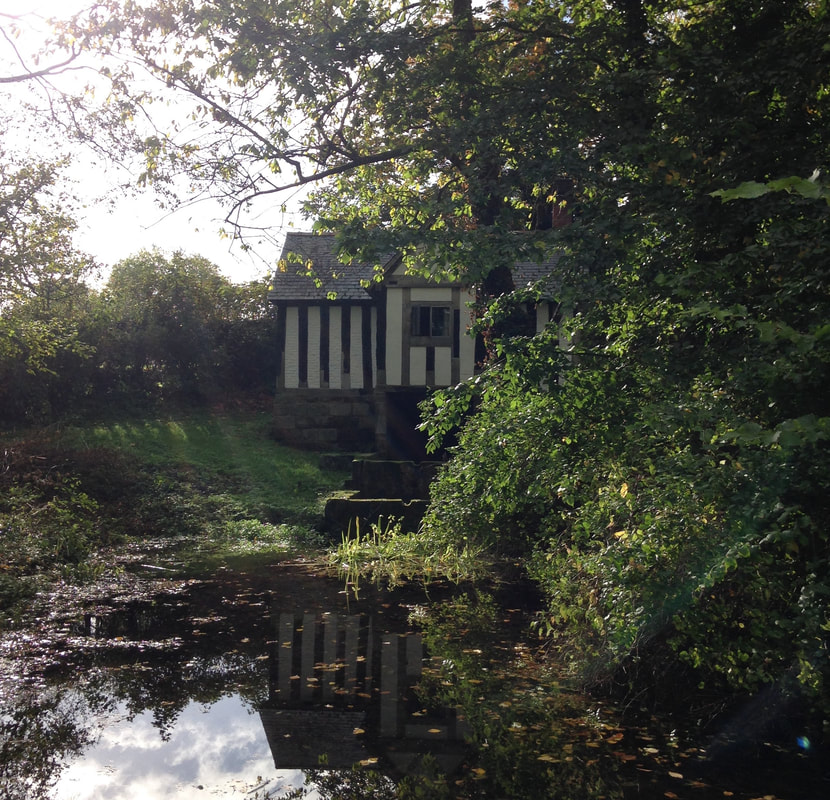|
For a long, long time the summer has been the season for pilgrimage. Although the term might bring up memories of studying the Canterbury Tales at school or images of walking to Lourdes or Santiago de Compostela, pilgrimage has evolved to embody a whole range of ideas.
The definition of a pilgrimage is a journey, sometimes, but not always, on foot, to a special place. Traditionally this might have been to a holy well (like St Winifred’s Well above), a stone circle, a revered tree or a saint’s shrine. But it’s a word that has come to be used for a whole range of things: a journey to the the landscape that inspired a poet (maybe A E Houseman’s “Blue remembered hills”), a writer’s favourite pub (like the one in Oxford where J R R Tolkien and C S Lewis used to meet) or where famous musicians lived and worked (Paul McCartney’s and John Lennon’s homes in Liverpool). We’ve been on a few pilgrimages over the years and there’s a terrific thrill from standing in the footsteps of someone amazing, of adding a ribbon to a tree over a holy well or looking out of the window at a view that inspired a great novel. Recently we came across the brilliant website of the British Pilgrimage Trust which covers a whole range of routes from traditional journeys in the footsteps of saints to the way walked by Harold Fry In Rachel Joyce’s bestselling book The Unlikely Pilgrimage of Harold Fry (now a film with Jim Broadbent and Penelope Wilton). The site suggests how to plan, what to take and sorts the pilgrimages by how many days you want them to take and whether they’re about folklore, history, rivers or religion. You can find the British Pilgrimage Trust HERE
0 Comments
|
AuthorJosie Beszant and/or Ian Scott Massie, both artists from Masham North Yorkshire, Uk. Archives
May 2024
Categories |
Happy House Masham, 24, Market Place, Masham, North Yorkshire. HG4 4EB


 RSS Feed
RSS Feed